Why Non-Formal Learning?
 The study of human development gave us insight into the critical cognitive and emotional growth and development that occurs during early childhood, and it began to be understood as a time in which the foundation of one’s future was established. We began to realize the significance of education and parenting on young and malleable minds, especially since we also learned that the brain slowly loses its plasticity with age. Therefore, it was especially important for parents and educators to find ways to engage and stimulate young children because of the importance this had on helping individuals get on the right foot towards reaching their full potential and having better quality of life. It has also been seen that the long term benefits of improving early childhood programs has a reverberating effect on society as a whole. By the same token, a failure to provide children with adequate learning opportunities has been linked to overall less positive future outcomes and ultimately these individuals end up contributing less to society.
The study of human development gave us insight into the critical cognitive and emotional growth and development that occurs during early childhood, and it began to be understood as a time in which the foundation of one’s future was established. We began to realize the significance of education and parenting on young and malleable minds, especially since we also learned that the brain slowly loses its plasticity with age. Therefore, it was especially important for parents and educators to find ways to engage and stimulate young children because of the importance this had on helping individuals get on the right foot towards reaching their full potential and having better quality of life. It has also been seen that the long term benefits of improving early childhood programs has a reverberating effect on society as a whole. By the same token, a failure to provide children with adequate learning opportunities has been linked to overall less positive future outcomes and ultimately these individuals end up contributing less to society.
Given the magnitude that education has on the quality of life of future generations and the overall development and wellbeing of society, it makes sense that we would want to place more concentrated effort on early child programs. Learning can be divided into three main types, and all are essential for optimal learning:
- Formal learning: The type of learning that happens in a school and is guided by a curriculum. Learning objective and directions are clear. Learning is organized and structured. A certificate is usually given at the time of successfully passing a standardized exam.
- Non-formal learning: This type of learning is loosely organized and can happen at school or other institutions. Learning occurs during planned activities that are not intended to appear educational per se, but that have significant learning components. This type of learning relies on the importance of active learning.
- Informal learning: This type of learning is never organized or structured. It is the type of learning that one does in almost every setting of their daily life. This type of learning is spontaneous and usually unintentional.
In underprivileged areas in Lebanon, of the three main types of learning, it was clear that non-formal learning was poorly understood and that there was a lack of knowledge concerning how to implement non-formal learning techniques. But the work of many child psychologists such as Piaget and Vygotsky, in addition to recent brain research findings, have emphasized that children develop best when they take an active role in their learning process, which non-formal learning allows. TYO-Lebanon, in collaboration with CARD, came together in the Child Friendly Schools project in our first step towards bringing non-formal education in to the classroom. We believe that assisting schools and teachers to learn about the importance of active learning and how to implement non-formal education techniques in their curriculum will be the base upon which future development can prosper.
- Ranya Ranya Hajjar is TYO Lebanon Project Coordinator based in Beirut.
